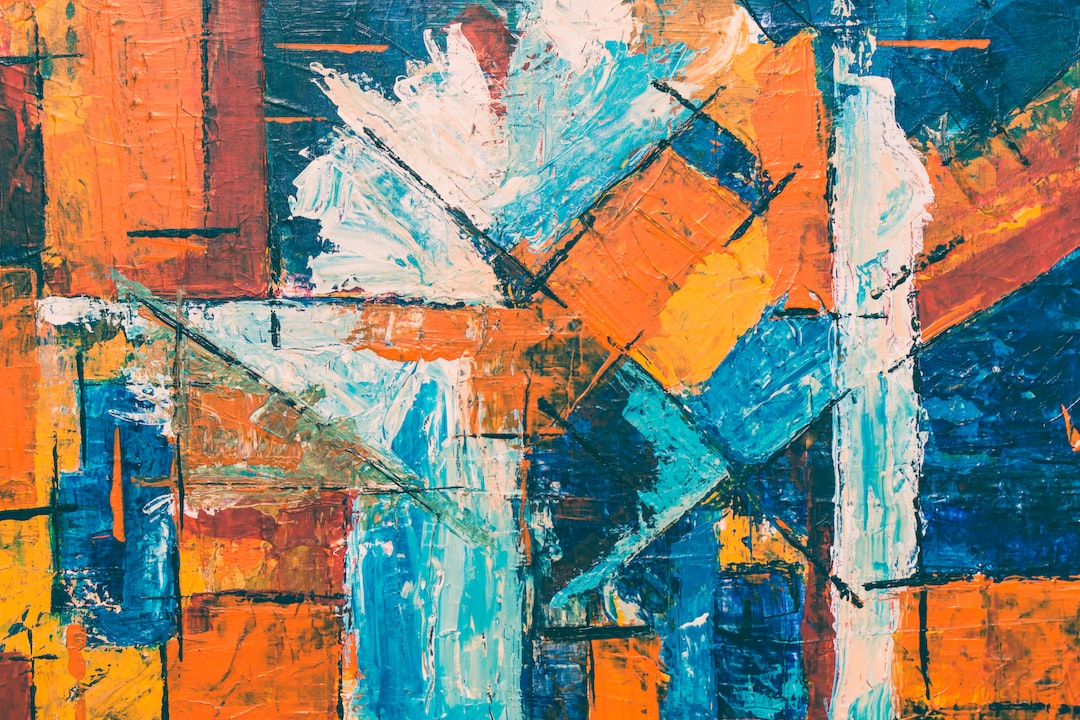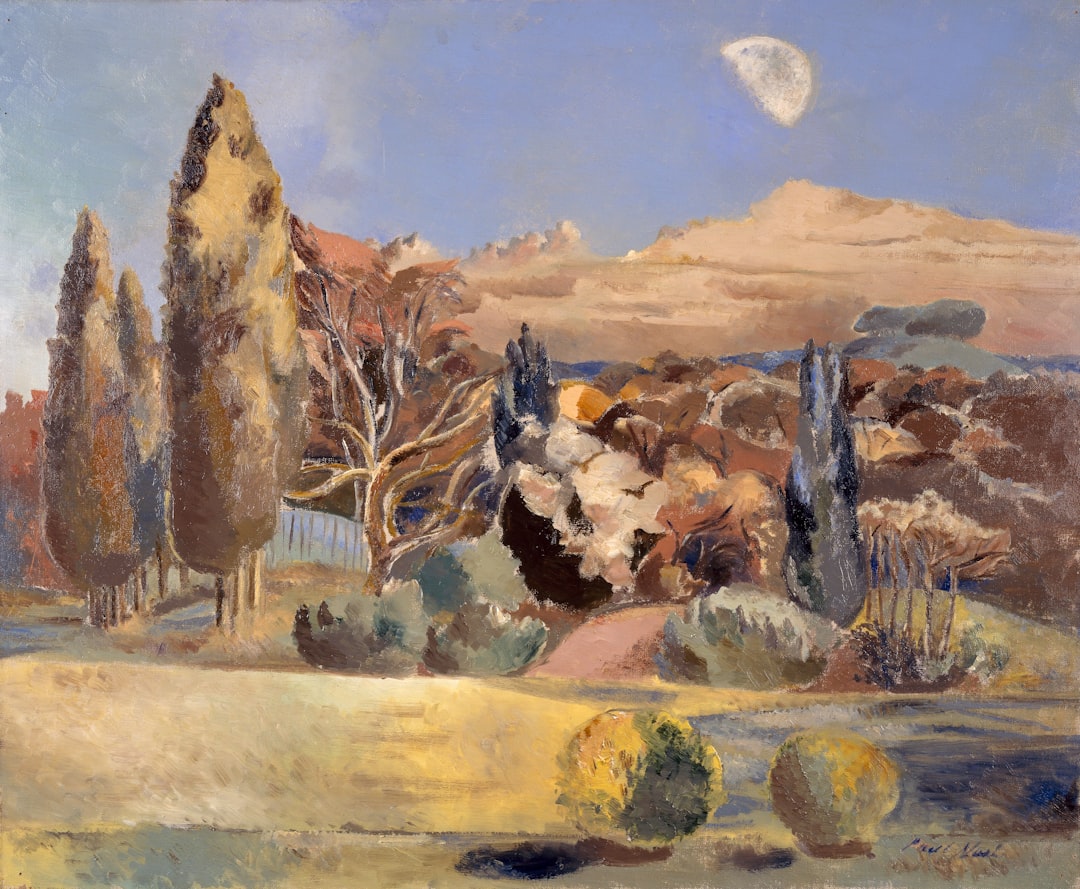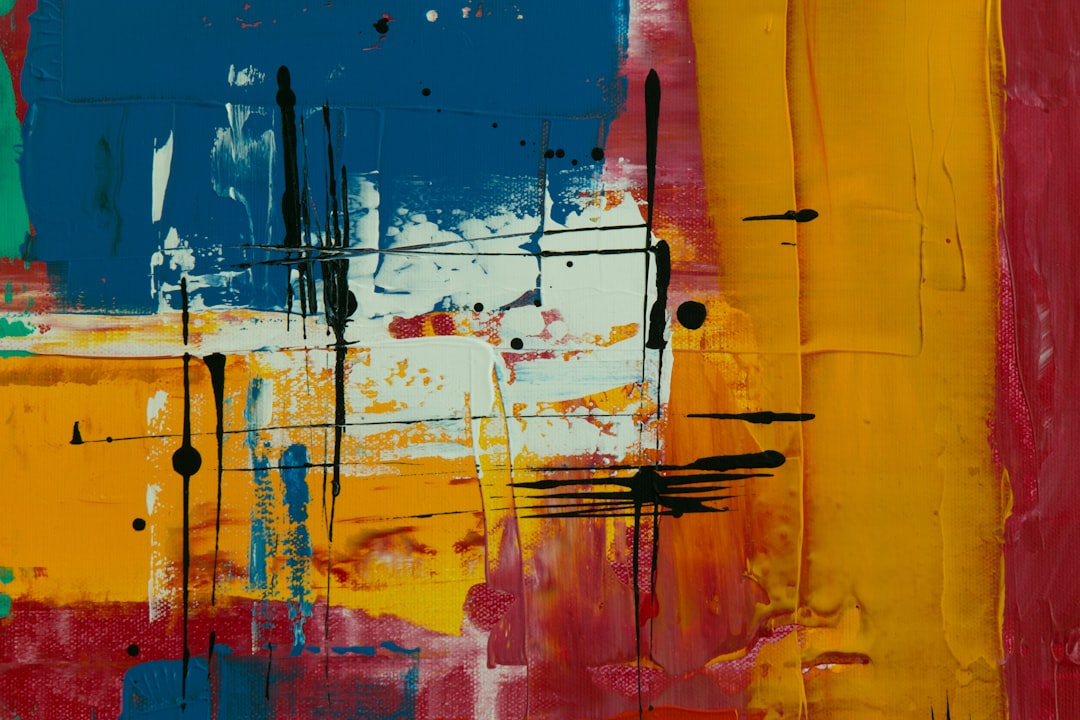Welcome to the world of crypto art! In recent years, the art world has seen an increase in the popularity of crypto art, also known as digital art or NFTs (non-fungible tokens). This new form of art combines both traditional and modern techniques to create unique and valuable pieces of art.
Crypto art has opened up a whole new world of possibilities for artists, collectors, and art enthusiasts. From providing access to a global audience to offering a new way to monetize art, crypto art has revolutionized the art industry.
As we dive deeper into the world of crypto art, we will explore the rise of this new art form, discuss its advantages, challenges, and risks, and highlight some successful projects that have been implemented using this technology.
So, if you’re curious to learn more about how blockchain is changing the way we create and collect art, then let’s get started!
The Rise of Crypto Art
Crypto art is a relatively new concept but has rapidly gained popularity in recent years. It involves the creation and sale of digital art using blockchain technology, which provides a secure and transparent way for artists to sell their work. One of the reasons for its rise in popularity is the increasing use of digital media in our daily lives. As we spend more time online, it makes sense that art moves in that direction too.
The advent of cryptocurrencies and blockchain technology has revolutionized the art industry, making it more accessible to artists and collectors alike. With the rise of NFTs (Non-Fungible Tokens), artists can now sell their artwork as unique digital assets. This has paved the way for new business models that offer new ways for artists to monetize their work.
Artists can now bypass traditional gatekeepers, such as galleries or dealers, and sell their work directly to buyers. This has led to a democratization of the art world, allowing artists from all over the world to showcase and sell their work without the need for a physical gallery space. This shift in the art world has opened up opportunities for new and emerging artists to get their work out there and forge a career in the art world.
The rise of crypto art has also led to an increase in the use of blockchain technology in the art industry. By using blockchain, artists and collectors can be confident that their transactions are secure and transparent. Blockchain technology also allows artists to track the provenance of their work, ensuring that it is authenticated and that the artist receives proper credit and compensation for their work.
The rise of crypto art has revolutionized the art industry, paving the way for new business models and opportunities for artists. With the increasing use of digital media, it makes sense for art to move in that direction too. The use of blockchain technology provides artists and collectors with a secure and transparent way to buy and sell art. This is an exciting time for the art world, and we can’t wait to see what the future holds.
This has paved the way for new business models that offer new ways for artists to monetize their work.
The Advantages of Crypto Art
Crypto art is undoubtedly rising in popularity, and it’s easy to see why. There are numerous advantages to creating, buying, and selling art on the blockchain.
Firstly, the transparency and immutability of blockchain technology mean that artwork ownership and provenance can be tracked and verified easily. This prevents issues such as art forgery and theft, which have plagued the traditional art world for centuries. As an artist, this means that you can have a clear and accurate record of your artwork’s history and ownership, which adds value and credibility to your work.
Secondly, crypto art provides a unique opportunity for artists to sell their work directly to buyers without the need for intermediaries such as galleries or auction houses. This eliminates the need for hefty commissions and allows artists to have greater control over their pricing and sales. Additionally, it opens up the art market to a wider audience, as anyone with an internet connection can purchase and collect art on the blockchain.
Another advantage of crypto art is the ability to create and sell limited edition pieces. With the use of smart contracts, artists can set a specific number of editions for their digital artwork, guaranteeing their rarity and exclusivity. This scarcity can drive up the value of the artwork, making it a potentially lucrative investment for buyers.
Finally, crypto art allows for new and exciting forms of art to be created. With the use of blockchain technology, artists can incorporate interactive and dynamic elements into their work, such as real-time data feeds or the ability to change based on external events. This can create a truly unique and immersive experience for collectors and audiences alike.
In summary, crypto art offers numerous advantages for artists and collectors alike, including transparency, direct sales, limited editions, and innovative forms of art. As the art world continues to evolve, it’s exciting to see how blockchain technology will shape and transform the way we create and appreciate art.
This eliminates the need for hefty commissions and allows artists to have greater control over their pricing and sales.
The Role of Blockchain in the Art World
As we discussed earlier, blockchain technology has revolutionized the way we interact with art. But how exactly does blockchain play a role in the art world? Let’s dive in.
Firstly, blockchain provides a secure and transparent way for artists to sell their work. With blockchain, artists can create a digital certificate of authenticity for their artwork, which cannot be replicated or forged. This creates a level of trust and security within the buying and selling process that was previously unheard of in the art world.
Moreover, blockchain also allows for fractional ownership of artwork. This means that multiple investors can own a piece of art, and their investment is recorded on the blockchain. This opens up opportunities for art collectors who may not have had the means to purchase a piece of artwork outright.
Additionally, blockchain technology has the potential to bring transparency to the art market. As we know, the art world is notorious for being secretive and exclusive. However, by using blockchain technology, we can guarantee that every transaction is recorded and can be traced back to its origin. This could potentially prevent art theft, forgery, and money laundering.
But it’s not just the buying and selling process that blockchain technology can impact. It can also change the way we consume and view art. With blockchain, artists can create digital representations of their artwork that can be easily shared and viewed online. This allows for greater accessibility to art and brings it to a wider audience.
The role of blockchain in the art world is still being explored, and the possibilities are endless. As more artists and collectors adopt this technology, we will continue to see new and innovative ways to use blockchain in the art world. Exciting times lie ahead!
Additionally, blockchain technology has the potential to bring transparency to the art market.
The Challenges and Risks of Crypto Art
While the rise of crypto art has been exciting to watch, it does come with its fair share of challenges and risks. One major challenge is the lack of regulation in the crypto art market. Unlike traditional art markets, there are no standardized rules or guidelines for buying, selling, or trading crypto art.
This lack of regulation opens the door for fraudsters to take advantage of unsuspecting buyers. There have already been cases of fake crypto art being sold for exorbitant prices, leaving buyers with worthless pieces of data.
Another risk associated with crypto art is the volatility of cryptocurrency prices. Since crypto art is bought and sold using cryptocurrency, any fluctuations in the market can impact the value of the artwork. This means that buyers and sellers are at the mercy of the cryptocurrency market, which can be unpredictable.
Furthermore, crypto art is still a relatively new concept, and many people are still trying to figure out how it fits into the traditional art world. While some see it as a revolutionary new medium, others view it as a passing fad. This uncertainty can make it difficult for artists to gain recognition and for collectors to invest in the art form.
Despite these challenges and risks, many artists and collectors are still drawn to crypto art for its potential to disrupt the traditional art market. By using blockchain technology, crypto art offers a level of transparency and security that is unmatched in the traditional art world. Additionally, it allows for greater accessibility and democratization of the art world, as anyone with an internet connection can participate in buying and selling crypto art.
While there are certainly challenges and risks associated with crypto art, the potential benefits are too great to ignore. As the market continues to evolve and mature, we can expect to see more successful crypto art projects and a greater acceptance of the art form in the traditional art world.
Another risk associated with crypto art is the volatility of cryptocurrency prices.
Examples of Successful Crypto Art Projects
As the world of crypto art continues to evolve, we are seeing more and more successful projects emerge. These projects are not only pushing boundaries in terms of the art world, but they are also utilizing the power of blockchain to create new and exciting experiences for collectors and artists alike.
One example of a successful crypto art project is CryptoKitties. This project, launched in 2017, allows users to buy, sell, and breed digital cats using Ethereum. Each cat is unique and has its own set of traits that can be passed down to its offspring. This project has gained a massive following and has even led to the creation of similar projects such as CryptoPunks and Bored Ape Yacht Club.
Another successful crypto art project is SuperRare. This platform allows artists to create and sell unique digital art pieces using blockchain technology. Each piece is verified on the blockchain, ensuring its authenticity and making it a valuable addition to any collection. SuperRare has quickly become a go-to platform for collectors looking to invest in digital art.
Finally, we have the emergence of NFTs (non-fungible tokens) in the art world. These tokens, which are unique digital assets that can be bought and sold, have opened up new opportunities for artists to monetize their work. One example of a successful NFT project is Beeple’s “The First 5000 Days” which sold for a record-breaking $69 million at auction.
These examples are just the tip of the iceberg when it comes to successful crypto art projects. As more artists and collectors embrace the power of blockchain, we can expect to see even more innovative and exciting projects emerge.
The world of crypto art is constantly evolving and pushing boundaries in ways that were previously impossible. The success of projects like CryptoKitties, SuperRare, and NFTs are just a few examples of how blockchain technology is transforming the art world. As we move forward, it will be exciting to see what new projects emerge and how they continue to change the way we think about art and its value.
The success of projects like CryptoKitties, SuperRare, and NFTs are just a few examples of how blockchain technology is transforming the art world.
Conclusion: The Future of Crypto in the Art World
As we wrap up this blog post exploring the world of crypto art, it’s clear that this emerging market is only just beginning to scratch the surface of its potential. While there are certainly challenges and risks to be aware of, the advantages of crypto art are plentiful, and its rise in popularity over the past few years is a testament to its staying power.
One of the most exciting aspects of crypto art is the role that blockchain technology plays in the art world. By creating a decentralized platform for artists to sell and showcase their work, the traditional gatekeepers of the art world are challenged and disrupted. This opens the doors for artists who may have previously been shut out of the industry, and allows for greater diversity of voices and perspectives to emerge.
Of course, there are still many obstacles to overcome. The volatility of cryptocurrency prices can make it difficult for artists to set a fair price for their work, and the lack of regulation in the market can make it difficult for buyers to know what they’re getting. However, these challenges are not insurmountable, and with continued innovation and collaboration, the potential for crypto art to transform the art world as we know it is truly limitless.
Looking ahead, it’s clear that crypto art is here to stay. As the technology continues to evolve and more artists and collectors enter the market, we can expect to see even more exciting developments in the years to come. Whether you’re a seasoned art collector, a passionate artist looking to break into the industry, or simply someone with an interest in the intersection of art and technology, the world of crypto art is one that is well worth exploring. So why not dive in and see what the future holds?





